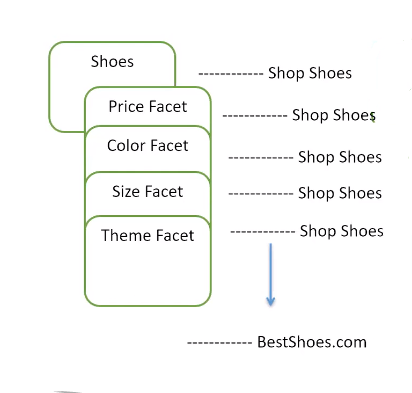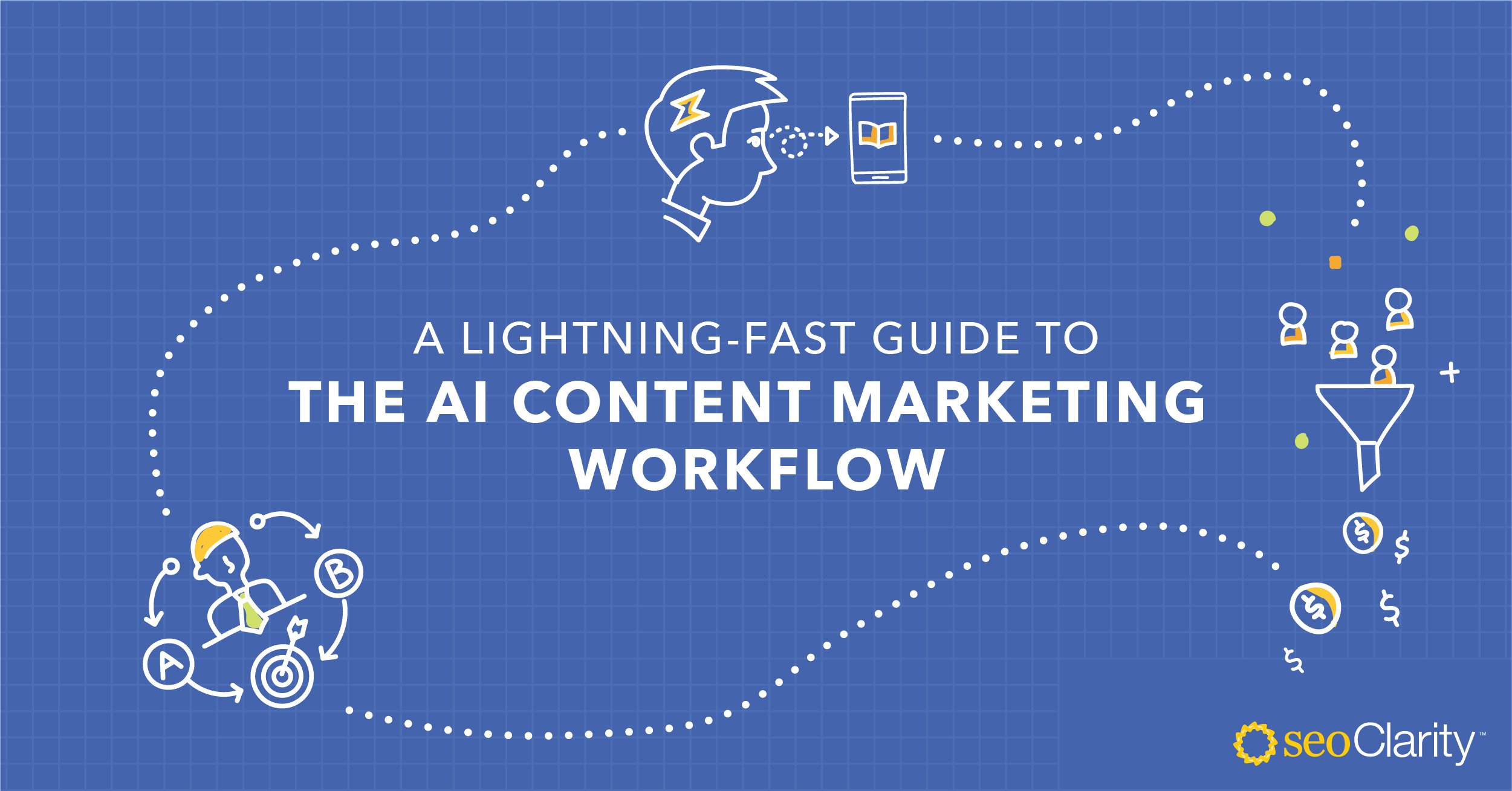Titles and meta descriptions help people quickly determine whether to click on a result in the search engine results pages or not.
As a result, these on-page elements have the potential to significantly impact the click-through rates (CTR) of your pages.
But many enterprise SEOs put off the process of creating optimized titles and meta descriptions due to the substantial time commitment it requires. We’re talking about thousands or even hundreds of thousands of pages here.
Below, we’ll address the key challenges involved with writing optimized titles and meta descriptions at scale and provide a solution for overcoming them.
Table of Contents:
- Top Challenges When Creating Titles and Meta Descriptions for Enterprise
- How to Quickly Create Unique Titles and Meta Descriptions at Scale
Top Challenges When Creating Titles and Meta Descriptions for Enterprise
Two of the main challenges that enterprises face when creating titles and meta descriptions at scale include:
- Finding the time and resources
- Creating unique titles and descriptions
Let’s unpack these two roadblocks.
Finding the Time and Resources
To create optimized meta descriptions and titles, a seasoned SEO typically needs to complete the following steps:
- Analyze competitors
- Identify patterns in the titles
- Identify gaps against existing content
- Write or rewrite the new title or meta description using the information listed above.

As previously stated, this process takes a lot of time and effort when updates need to take place across thousands of different pages on an enterprise website.
Especially because it’s important to test and update titles and meta descriptions regularly to ensure optimal performance.
Such an undertaking would require a whole team of SEOs and content marketers dedicated to this one task.
Creating Unique Titles and Meta Descriptions
To speed up the process of creating titles and meta descriptions, many enterprise SEOs turn to templates.
But this common solution creates a new challenge: making sure that all of the titles and meta descriptions are unique. Many templates pump out almost identical titles and descriptions depending on the site’s taxonomy.
Here’s an example of how templates could lead to duplicate titles and descriptions if your site has an identical layout for different facets.

If the content produced by the template becomes too repetitive, Google will likely rewrite the titles and meta descriptions, making it hard to accurately track your SEO initiatives. Plus, Google’s rewrites won’t consider your specific target keywords, competitor information, or other pertinent information in your SEO strategy.
These drawbacks aside, using a template might not even be an option depending on your site’s content management system and database structure.
How to Quickly Create Unique Titles and Meta Descriptions at Scale
To help enterprise SEOs overcome the challenges of creating unique, optimized titles and meta descriptions at scale, seoClarity has created an automated solution.
seoClarity’s Page Clarity has now been enhanced with Sia, our AI-powered SEO assistant. It automatically generates optimized titles and meta descriptions in seconds.

Unlike a generic template, the results are unique, SEO optimized, and fueled by your data to accomplish your specific goals.
All you have to do is click on the lightning bolt icon next to your page’s title and meta description, and Sia will conduct competitor analysis, identify patterns, pinpoint gaps in existing content, and reference your target keywords.
Then, it generates an accurate and engaging title or meta description suggestion. Essentially, Sia expedites the brainstorming process and lets you jump straight to reviewing, adjusting, and deploying your titles and meta descriptions.
Watch Sia in action below:
See how Sia speeds up on-page optimization and other ways generative AI is applied at EVERY stage in SEO.







Comments
Currently, there are no comments. Be the first to post one!